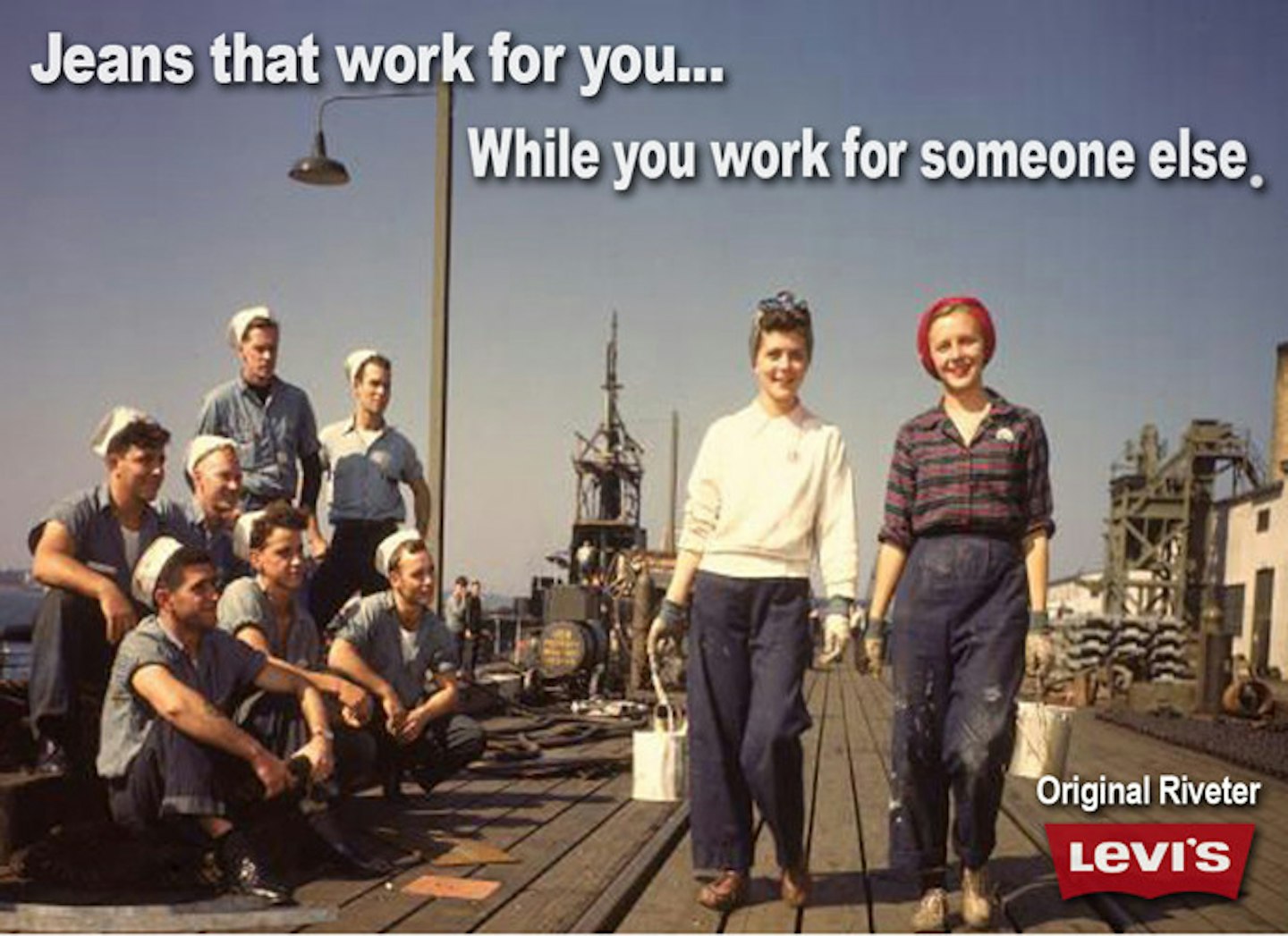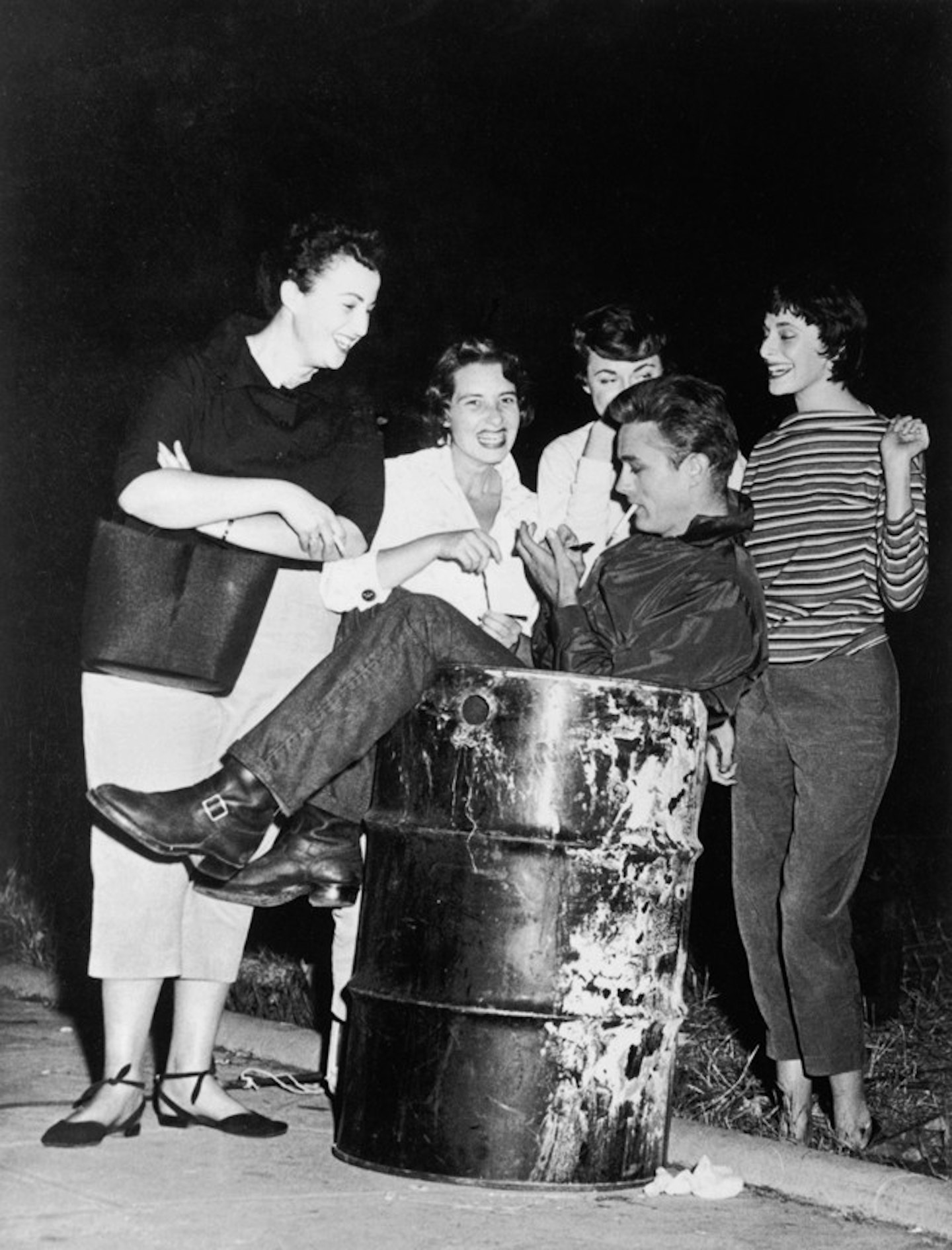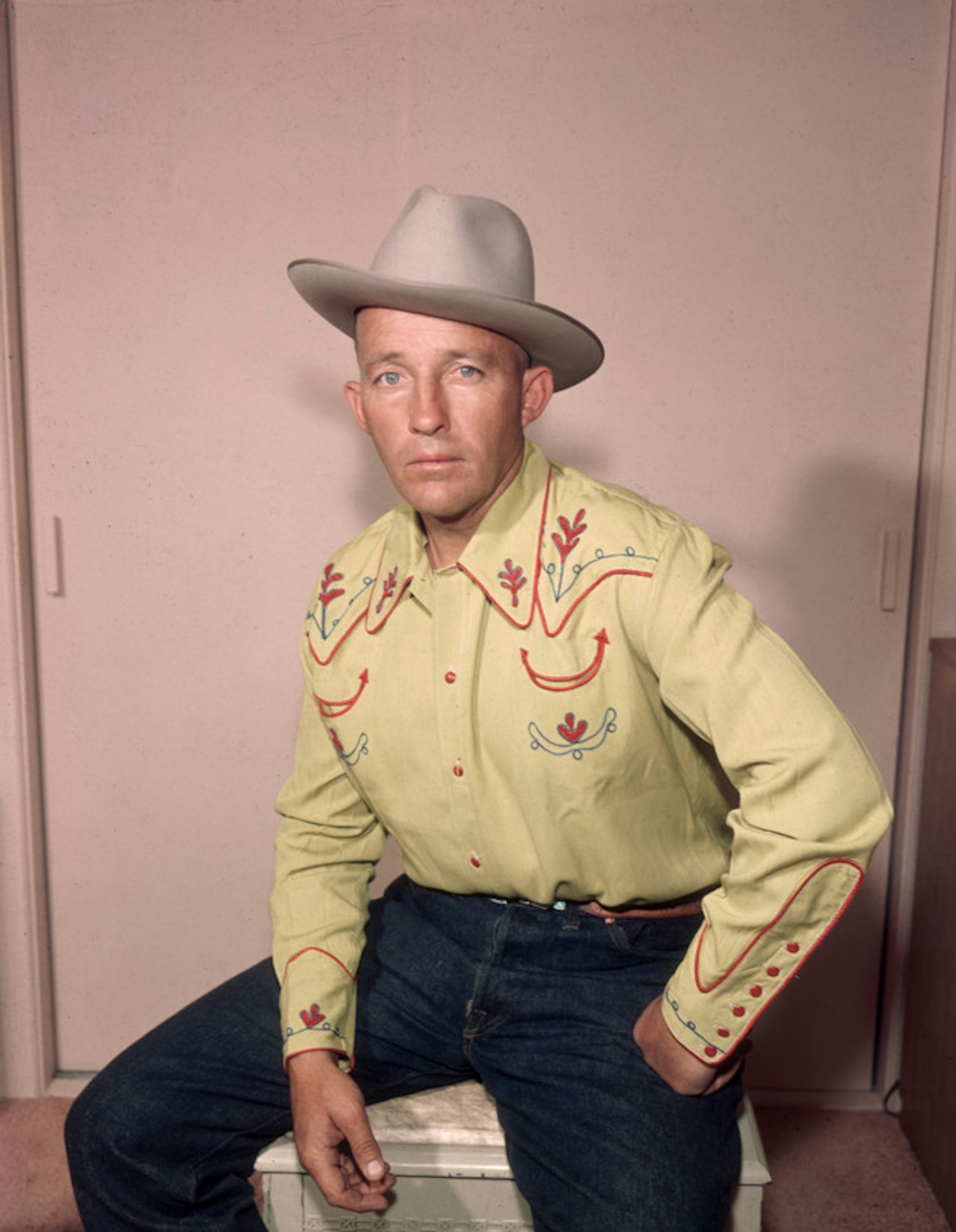There is no fashion item more internationally recognizable than blue jeans. If someone told me that they didn’t own a pair of jeans, I’d be astounded. Appalled, even. As it stands, there are eight pairs of jeans in my wardrobe. Four are blue. Three are black, and the last pair are white (I swear they’re not as Noughties as they sound). Various studies show that the average woman owns between eight to 10 pairs so, as usual, I’m average.

Our love of denim, however, might not be quite as steadfast as we think. Last year, Levi Strauss & Co., the most famous of denim brands, said that their belt and accessory sales were growing significantly faster than their denim for the first time ever and they announced a 5% fall in worldwide sales. It’s hard to ignore the mothership of denim reporting a decrease in sales. On top of that, according to EDITD’s Denim Retail in 2015 report, the US saw a decline in all denim markets apart from premium/luxury.
But if you thought the UK streets still looked pretty indigo-hued, you’d be right: the drop in denim isn’t being felt in the same way everywhere. 'Value’ denim in the UK has actually grown by 52%, the mid-range mass market by 29% although premium luxury has declined. That said, Euromonitor’s 2015 report on jeans noted the market struggle and how it had achieved ‘positive growth in their sales during what has been a tough year for a traditionally very popular type of apparel.’
Far and wide, the downturn is being blamed on the rise of ‘athleisure’ wear – yoga pants, leggings, tracksuits – basically anything you’d comfortably wear to the gym i.e. not jeans. The stats show it too: in 2014 we spent £4.5 billion on active wear, yoga pants had a 341% growth in three months and JD Sports reported a record 80% increase in profit. Probably because more of us are heading to the gym; we spent 44% more on gym memberships last year and not least because of celebrity involvement in sportswear. Adidas has Stella McCartney, Pharell Williams and Rita Ora, whilst Rihanna is the creative director of Puma and Kylie Jenner has just landed a contract with them, and Beyonce is set to launch her own active wear range at Topshop in April.
But while we might loving lycra right now, historically and culturally the legging will never ever trump the jean.
They go way back. Specifically to 20th May 1873, the date considered the ‘birth’ of jeans as we know them. Before this, labourers and manual workers wore denim for its durability but it was Jacob W. Davis, a tailor, who patented the concept (with backing from Levi Strauss) of copper rivets to secure pockets to denim trousers to stop workers’ pockets being ripped off.
I’ve been pretty ignorant to the scale of denim’s cultural significance and what it represents – American heritage, rebellion, countercultures and youth subcultures. They signified a branching away from the mainstream, a ‘swivel’ at society, thanks to the bikers of the Hollister riots and, later, the mods and rockers. In the 50s, Hollywood dressed their bad boys in denim: Marlon Brandon in The Wild One and James Dean in Rebel Without A Cause are the classics. But if men were criticized for wearing them, women were condemned further.

For women, they’re landmark too. They weren’t just trousers, they were denim too. ‘In the 30s in America, women would go out in Nevada to get a divorce [it was easier to get one there] and hang out on the dude ranch. Around that time is when denim started to become popular,’ Paul Trynka, co-author of Denim: From Cowboys to Catwalk, told me. This solidified them as a symbol of women’s independence and control. ‘It was, to some extent, the beginning of the whole movement of androgyny,’ Paul went on. In 1934 Levi Strauss & Co. created the world’s first woman-specific jeans, Lady Levi’s, although they were already wearing men’s. The perplexing relationship between women and trousers is ongoing even today: this week female British Airways flight attendants won a two year court case to wear trousers and a Parisian law from 1800 that forbid women to wear trousers was only overturned in September 2013. Jeans even led to a rape conviction being overturned in Italy 1999, because ‘It is common knowledge . . . that jeans cannot even be partly removed without the effective help of the person wearing them . . . and it is impossible if the victim is struggling with all her might.’
They may stem from American heritage but they’ve infiltrated most parts of the globe. ‘In Japan, it is utterly obsessed and worshipped over,’ Oliver Abbott, Online Vintage Grader at Beyond Retro, told me. More than that, anthropologists Daniel Miller and Sophie Woodward in their Manifesto for a Study of Denim noted the international prevalence of denim: ‘we counted the proportion of persons wearing denim blue jeans out of the first hundred to pass by on random streets in sites such as Istanbul, London, Rio, Manila, Seoul and San Francisco. This proportion ranged from 34% to 68%, suggesting that soon, at any given moment, more than half the world will be wearing this single textile.’
For most, jeans are the ‘go to’ piece of clothing. They’re versatile, comfortable, practical and they can be made appropriate for almost any social engagement. Their allure centers on their perceived homogeneity – everyone owns a pair of jeans, they’re not outlandish – but in reality, they’re incredibly individual. 'At it’s most basic, jeans give us the dream of individuality, the lure of individuality, because as we wear in denim, it’s unique to us,’ says Paul. They’re a safe space in which we can take part in a social norm, but at the same time use them as self expression be it through the cut, the length or the colour. That’s the thing about ‘uniforms’; ironically they actually highlight people’s many differences. They level the playing field, but not quite.
Then there’s how they actually make us feel when we wear them. We often associate a sense of comfort with jeans; they’re familiar and we know how they fit on our bodies. But further than this is the behavior they actually iniate in the wearer, like the classic ‘cowboy’ stance: looping fingers through the belt loops which seems to initiate a ‘swagger’-like stance which we associate with the Wild West. In her investigation, Fiona Candy, who has worked as a commercial designer, University lecturer and researcher in the field of fashion and textiles, speculated on how we stand when wearing jeans and the way it promotes relaxation, ‘putting 'the hands away' may liberate available concentration, help reduce anxiety and thus offer some explanation for the relaxing feelings associated with jeans.’

Everytime we pick an outfit, we’re projecting a certain sentiment, even thought we're probably not concious of it. ‘In performance, like dance and theatre, it’s very understood that an actor might choose a garment in order to help them to assume that character. For some reason we think of social life as not so performed, but of course it is,’ Fiona told me.
Their universal recognition means they can act as a social gage, too. ‘They’re like a measuring system. You can see and understand quite a lot about someone else’s body by how they fit jeans because you have so much knowledge about them yourself, either by putting them on or by seeing other people in them', Fiona explains, ‘They’re a sort of polite way, if you like, of judging other people’s bodies.’ Jeans, it seems, are so much more than something we sling on in a clothing crisis – although they’re absolutely that too.
In 2014 at the Women’s Innovation summit in New York, Mark Parker, the CEO of Nike, claimed that 'Leggings are the new denim.’ Mark is wrong. Leggings will never look better ten years on. They don’t capture a part of history and heritage. Vintage yoga pants are not a thing (yet). Athelisure has its place and those places are growing – Gigi Hadid looked incredible in her date night tracksuit – but let’s be honest, nothing can ever come close to the jean. And why would we want it to?
Like this? You might also be interested in:
Follow Chemmie on Twitter @chemsquier
This article originally appeared on The Debrief.
